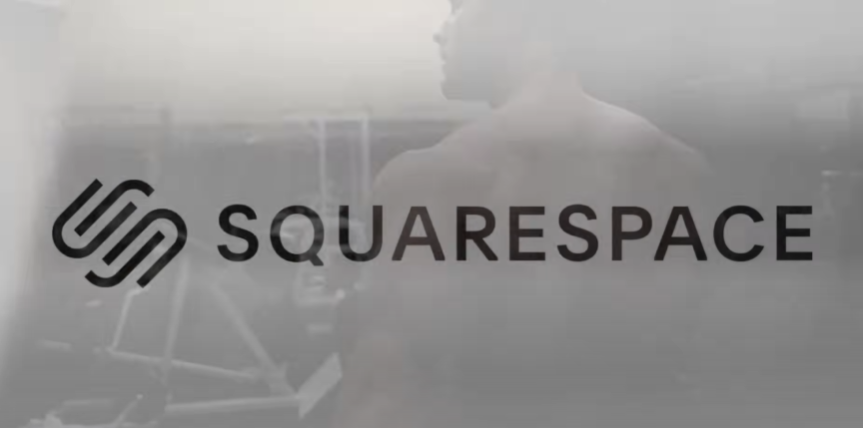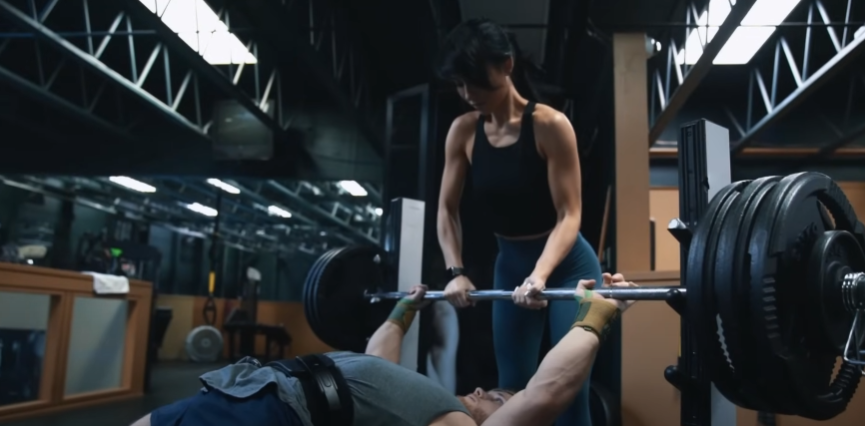The conventional deadlift is one of the most effective exercises for building full-body strength, improving athletic performance, and developing a thicker posterior chain. While it shares similarities with the sumo deadlift, the conventional pull places greater emphasis on the spinal erectors and requires a slightly different setup and execution.
If you want to maximize strength while protecting your lower back, understanding the biomechanics and perfecting your technique is essential. In this guide, you’ll learn how to perform the conventional deadlift with precision, how it differs from sumo, and the key details that separate good pulls from great ones.

Conventional vs. Sumo Deadlift: What’s the Difference?
Both deadlift variations target similar muscle groups—the glutes, hamstrings, quadriceps, lats, traps, and erectors. However, there are key distinctions:
- Conventional Deadlift: More hip-dominant, with a greater forward torso angle and heavier demand on the spinal erectors.
- Sumo Deadlift: A more upright torso, reduced range of motion, and greater quad involvement.
The conventional deadlift is often favored by taller lifters with longer arms, while shorter athletes sometimes find sumo more comfortable. But the only way to know which is best for you is to train both for at least one full training cycle and track performance and comfort.
Muscles Worke
The conventional deadlift is a compound movement that trains multiple muscle groups simultaneously:
- Glutes and Hamstrings – Primary movers for hip extension.
- Quadriceps – Responsible for knee extension at the start of the lift.
- Spinal Erectors – Work isometrically to keep your back neutral under heavy loads.
- Lats and Traps – Stabilize the bar path and keep the shoulders tight.
Because of the higher demand on the lower back, recovery time from heavy conventional deadlifts can be significant, making proper programming crucial.
Programming the Deadlift
For hypertrophy, aim for 5–10 reps per set, while strength-focused training should stay in the 1–5 rep range. Due to its high recovery cost, most lifters should deadlift no more than 1–2 times per week.
Heavy pulls are extremely taxing, both physically and mentally, so plan your training week to include adequate recovery between sessions.
Gear Recommendation
While you can lift without specialized equipment, certain tools can enhance performance and safety:
- Flat-soled shoes or deadlift slippers (Chuck Taylors work well) for a stable base.
- High socks to protect your shins.
- Weightlifting belt (10mm lever belt preferred) for increased core rigidity and power transfer.
These aren’t mandatory, but they can make a noticeable difference, especially for heavier pulls.

Step-by-Step Conventional Deadlift Technique
1. Setup and Foot Positioning
- Position the bar over the middle of your foot, about half an inch from your shins.
- Use a stance slightly narrower than shoulder-width to reduce bar travel.
- Keep your toes pointing straight ahead (unlike sumo, where toe flaring is common).
2. Hip and Grip Position
- Push your hips back first, similar to a Romanian deadlift, then bend your knees slightly until your shins lightly touch the bar.
- Grip the bar just outside your shins, keeping your arms vertical and your shoulders stacked directly over or slightly in front of the bar.
3. Choosing the Right Grip
- Double Overhand Grip – Safest but grip strength will limit your max weight.
- Mixed/Alternate Grip – Allows heavier loads but can create imbalances; switch hands periodically.
- Hook Grip – Strong and secure but requires an adjustment period due to thumb discomfort.
- Straps – Useful for high-rep hypertrophy work, but train grip strength by doing at least one heavy raw set per workout.
4. Engage Your Lats and Brace Your Core
- Think about “pulling the bar into your shins” to keep it tight to your body.
- Take a deep breath into your diaphragm (not your chest) to create intra-abdominal pressure and lock your spine into a neutral position.
5. Initiating the Pull
- Pull the slack out of the bar before lifting—it should slightly bend under tension before the plates leave the floor.
- Keep your chest proud and your hips high, driving through the floor as you push with your legs.
- Maintain a tight upper back; some lifters round the thoracic spine slightly, but the lower back should stay neutral throughout.
6. Bar Path and Ascent
- The bar should travel in a straight vertical line, brushing against your shins and thighs.
- Focus on pushing your hips forward while keeping the bar close to your body.
- Keep your lats tight to prevent the bar from drifting forward.
7. Lockout
- Finish by fully extending your hips and knees, standing tall with your chest up.
- Avoid leaning back excessively or shrugging the bar—this wastes energy and risks hyperextending your lower back.
8. Lowering the Bar (The Negative)
- Set your hips back first, keeping your knees straight as long as possible, like in a stiff-legged deadlift.
- Once the bar passes your knees, bend them and guide the bar down your legs.
- Reset between reps—don’t bounce the plates off the floor.
Common Sticking Points and Fixes
- Slow off the floor? Work on leg drive with deficit deadlifts or pause deadlifts just below the knees.
- Struggling at lockout? Strengthen your glutes and upper back with block pulls, hip thrusts, and Romanian deadlifts.
Conventional deadlifts generally move fast off the floor but slow down toward lockout, so train accordingly.

Final Tips for Better Pulls
✔ Film Your Lifts: Reviewing footage from the side helps identify technique breakdowns.
✔ Warm Up Properly: Hip mobility drills and glute activation exercises can improve positioning.
✔ Progress Slowly: Don’t max out weekly; build strength progressively while maintaining perfect form.
Conclusion
The conventional deadlift remains one of the best exercises for building raw strength and muscle mass. Mastering the setup, maintaining a neutral spine, and refining your bar path will not only help you lift more weight but also keep you safe under heavy loads.
Whether you’re a beginner or an experienced lifter, practicing perfect technique with moderate weights before going heavy is key. Over time, the conventional deadlift can become the foundation of a stronger, more powerful physique.



